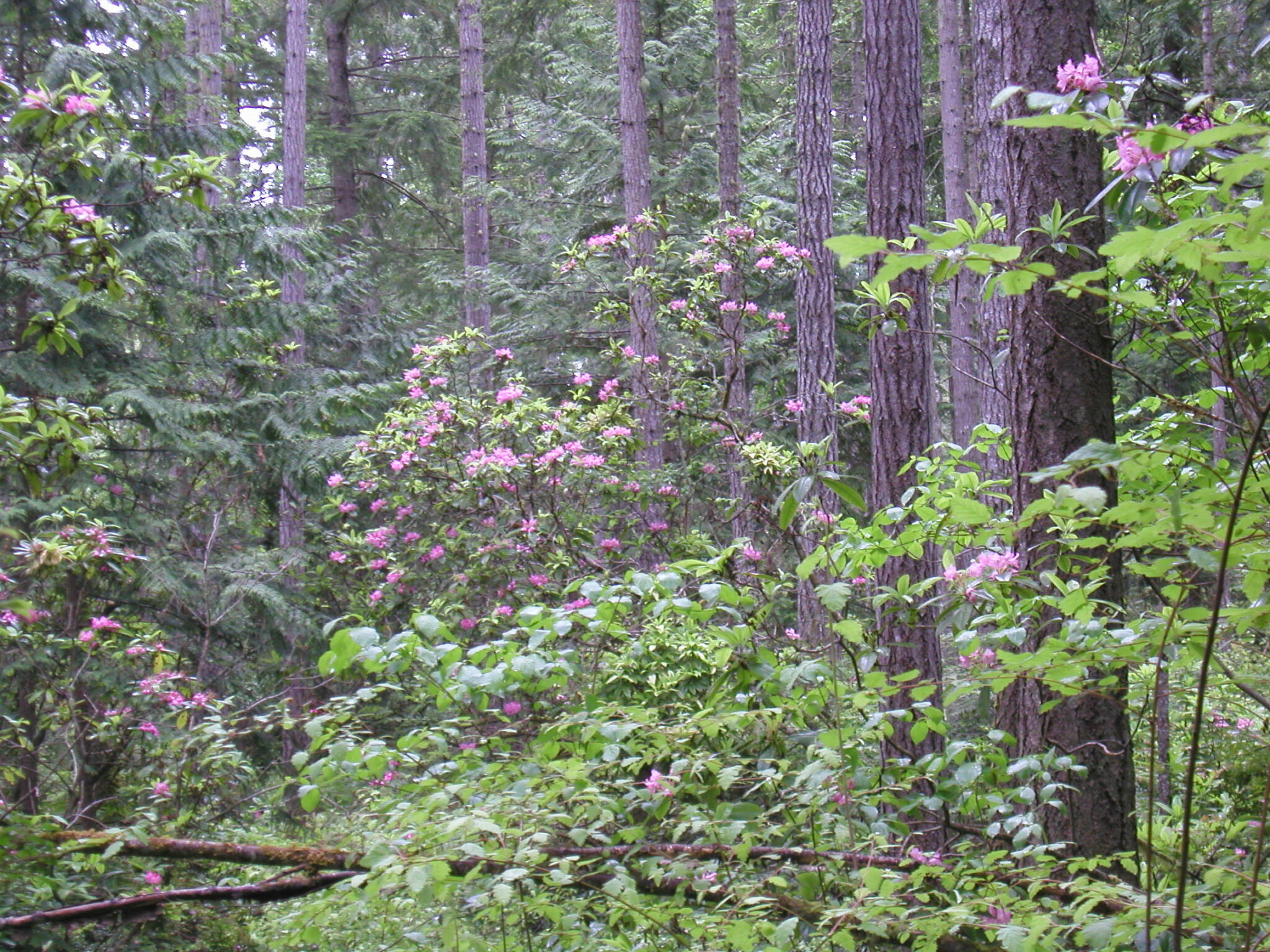Carbon Assessment for Forest Owners

NNRG is working with the USDA Natural Resources Conservation Service’s Regional Conservation Partnership Program (RCPP) to help unlock carbon markets for family forest owners. We recently completed a forest carbon assessment for our FSC-certified member Clyde Tree Farm. Prepared with data from this unique forest, the assessment offers a rough estimate of the current level of forest carbon storage in the tree farm, the amount of CO2 to be captured over 100 years, and the influence forest management may have on carbon storage going forward.
The ability for trees and forests to sequester and store carbon for extended periods of time provides an opportunity for forest management that can reduce the concentration of greenhouse gases in the atmosphere and mitigate the impacts of climate change. Whether or not forest carbon is monetized through programs such as carbon crediting, this ecosystem service offers a distinct value that can be incorporated alongside other management goals and objectives.
The assessment we completed for Clyde Tree Farm not only estimated current carbon storage but also modeled the amount of carbon sequestered in live trees under different management scenarios: a 40-year rotation, a no-harvest scenario, and a selective uneven-age harvest scenario.
- 40-year rotation scenario: The forestry model of clearcutting offers low long-term carbon sequestration, with carbon storage gradually increasing to a peak at 40 years, then dropping after every cutting before gradually increasing again.
- 100-year average in Clyde Tree Farm: about 53 metric tons of CO2 per acre
- No-harvest scenario: Left undisturbed, the forest will gradually increase carbon storage until maximum sequestration in about one century.
- 100-year average in Clyde Tree Farm: about 580 metric tons of CO2 per acre
- Selective uneven age harvest scenario: Management with selective harvest offers more stable carbon sequestration while allowing for multiple benefits like landowner income, improved wildlife habitat, and decreased fire risk.
- 100-year average in Clyde Tree Farm: about 227 metric tons of CO2 per acre.
While carbon storage and sequestration are increasingly seen as a valued service provided by ecosystems, forest stewardship reflects the thoughtful consideration of many diverse, often conflicting, forest values. Forest management involves navigating tradeoffs and identifying which outcomes best meet the forest owner’s goals and vision while ensuring the ongoing integrity and resilience of the forest.
If you are interested in forest carbon assessment opportunities, participating in carbon markets, or safeguarding the climate impact of your forest, please contact Andy Chittick, NNRG’s Forester, at andy@nnrg.org.

Leave a Reply